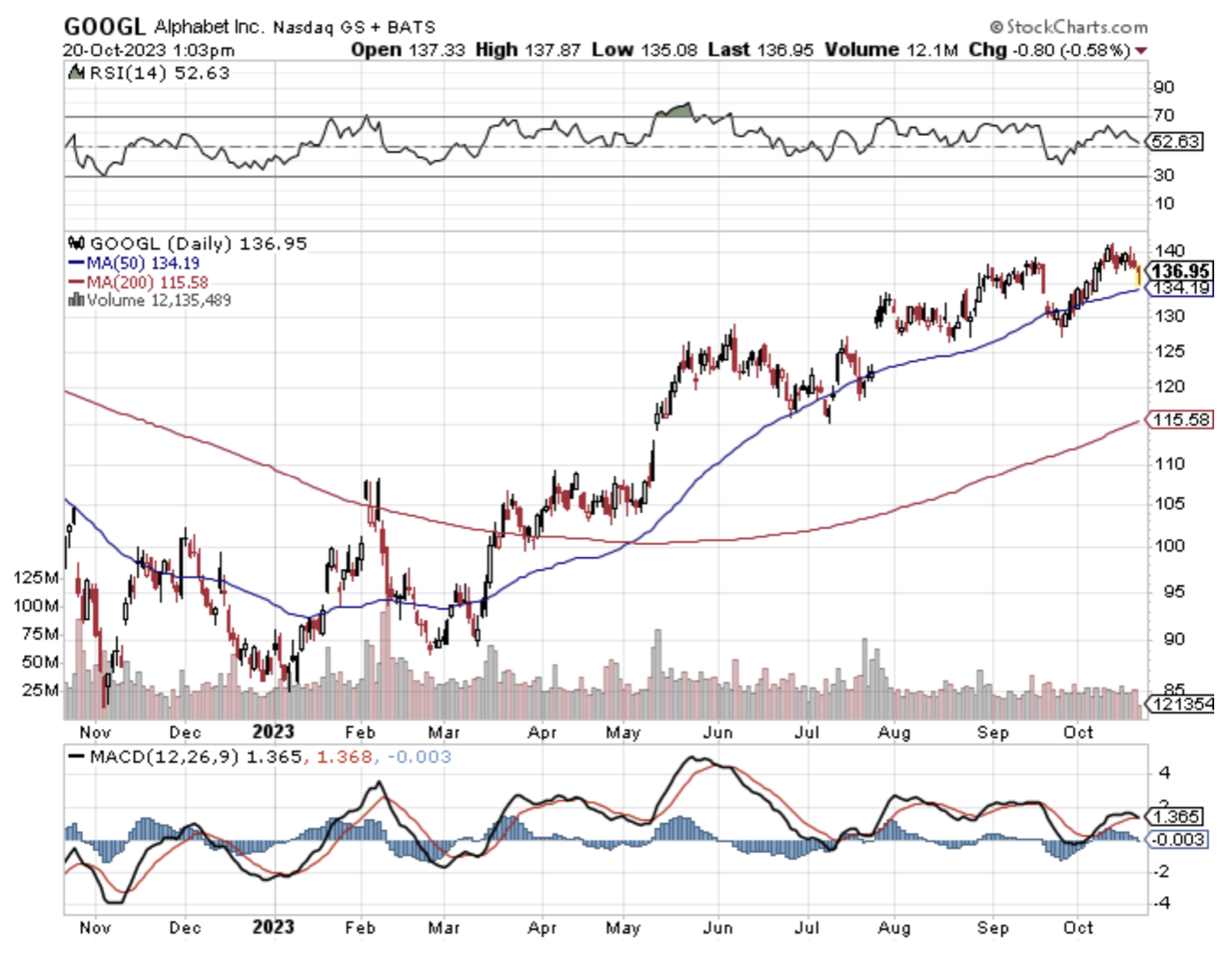With all the tumult going on in the world today, it’s not shocking that big decisions are being made in terms of tech production and manufacturing outsourcing.
These decisions will reverberate through the tech world for a generation.
China used to be the factory of the world and many thought that its economy would rebound from its lockdown lull to carry the tech world on its shoulders.
It’s clear that China will remain in the doldrums.
China and the west are decoupling fast and that means American tech companies are no longer comfortable doing business in the Middle Kingdom.
Many big players like Apple are hitching a ride out of the land of pot stickers and Beijing roast duck.
The latest announcement was Alphabet (GOOGL) who will begin production in India of its Pixel 8 smartphones in time for sales in 2024.
Google will partner with local and global suppliers to put together its first India-made handsets, hardware.
The move from the company responsible for Android, the world’s most-used mobile operating system, adds to a string of successes by India’s government in enticing international device makers to build locally.
Dixon Technologies India and Foxconn Technology Group’s Indian unit are the leading contenders to manufacture the phone.
Indian Prime Minister Narendra Modi’s administration has attracted greater investment from Apple, which opened its first two stores in India this year and is increasingly shifting iPhone production from China to India.
The latest iPhone 15 generation was also the first in the company’s history to launch made-in-India handsets at the same time as those made in China.
Outside of US device makers, Samsung Electronics Co. also manufactures its Galaxy handsets in India and Chinese Android vendors have set up partnerships with local assemblers.
Google counts India as a critical growth engine, where most smartphones run on its Android ecosystem.
However, Google also faces business and regulatory challenges there – startups and companies like Disney have legally challenged some of its in-app policies. Google is also fighting several antitrust battles including one related to alleged abuse of its position in the Android market.
Interestingly, the South Asia country's approach to attracting big manufacturing investments isn't limited to incentives alone.
The government has also implemented comprehensive restrictions to control the influx of foreign electronic devices. It's a strategic blend of both persuasion and coercion, convincing these tech giants to take the plunge into the Indian manufacturing landscape.
Around 200 U.S. companies are actively exploring the possibility of shifting their manufacturing bases from China to India, according to the US-India Strategic and Partnership Forum (USISPF).
It is entirely realistic that in the short future that India will secure the title of the world's largest global manufacturing hub, toppling China's longstanding dominance in the years to come.
These developments are emblematic of a tech manufacturing world in turmoil.
India is perceived as a safe bet to be able to pump out all those gizmos and gadgets that American big tech is reliant on to drive sales.
India also has a massive work force that specializes in software.
It’s easy to say that if American big and small tech hopes to power itself for the next 30 years; they absolutely need the mojo of Indian tech labor and manufacturing to prop up Silicon Valley.
Google moving their supply chain to India gives me more conviction in recommending this stock for the long term.





